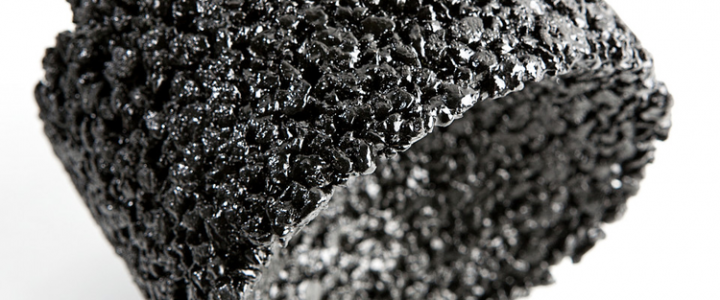| 1 YEAR | 1 semester | 6 CFU |
| TATA MARIA ELISA (1cfu) COSTANZA GIROLAMO (1cfu) VARONE ALESSANDRA (4cfu) |
A.Y. 2020-21 to A.Y. 2024-25 (B-C1-E) |
| COSTANZA GIROLAMO (4cfu)
TATA MARIA ELISA (2cfu) |
A.Y. 2025-26 (C1-E) |
| Code: 8039786 SSD: ING-IND/21 |
LEARNING OUTCOMES:
The aim of the course is to provide an overview of novel materials recently developed and investigated for applications in mechanics, electronics, and mechatronics. Different types of materials are considered and described with particular attention on the preparation route, specific characteristics, and applications. Some of them are of basic importance for new technologies gaining increasing attention in industrial practice. The knowledge of innovative materials is strictly connected to the possibility and capability of designing new products.
KNOWLEDGE AND UNDERSTANDING:
Deep knowledge of the metallic structure and their mechanical behavior; in particular knowledge of innovative materials for mechatronics applications; selection of conventional material or not as a function of application, structure and properties.
APPLYING KNOWLEDGE AND UNDERSTANDING:
Ability to define materials properties and the most suitable production technologies for the components realization; Ability to perform tests in laboratory; Ability to define appropriate treatments in order to obtain the suitable mechanical properties as a function of service conditions. Ability to select innovative materials; ability to evaluate innovative materials properties.
MAKING JUDGEMENTS:
Ability to investigate, select and choose metallic materials as a function of the application.
COMMUNICATION SKILLS:
Clear and correct expression, in English language, skills on the topics covered in the course.
LEARNING SKILLS:
Ability to face a new problem, know how to manage it and find functional and correct solutions. learning ability will be evaluated by exam tests and laboratory activities.
SYLLABUS:
Metallurgy Fundamentals: crystal structure, defects, plastic deformation. Mechanical tests.
Amorphous alloys: production and applications of metallic glasses as mechatronic devices. Alloys with mixed structure (nanocrystalline and amorphous).
Ultrafine grained (UFG) materials: microstructural features and production routes.
Nanoporous and mesoporous materials: structural characterization and properties. Their applications for energy and gas storage.
Powder metallurgy, Additive Manufacturing Technologies.
Advanced composite materials: properties, applications and production routes.
Porous materials: metal foams, Open and closed porosity (micro and macro). Classification according to size and shape of the pores. Properties (sound, energy and vibration absorption, crash
behavior) and production methods. Functional and structural
applications: lightweight construction, automotive. Metal sandwich structures.
Functional and Smart Materials. Property change as a response of external stimulus: shape memory alloy (one-way and two-way shape memory), thermochromic, photomechanical. Energy conversion: piezoelectric, thermoelectric. Phase change materials.
Applications: mechatronic, energy. Functionally graded materials.
 UNIVERSITA' DEGLI STUDI ROMA "TOR VERGATA"
UNIVERSITA' DEGLI STUDI ROMA "TOR VERGATA"